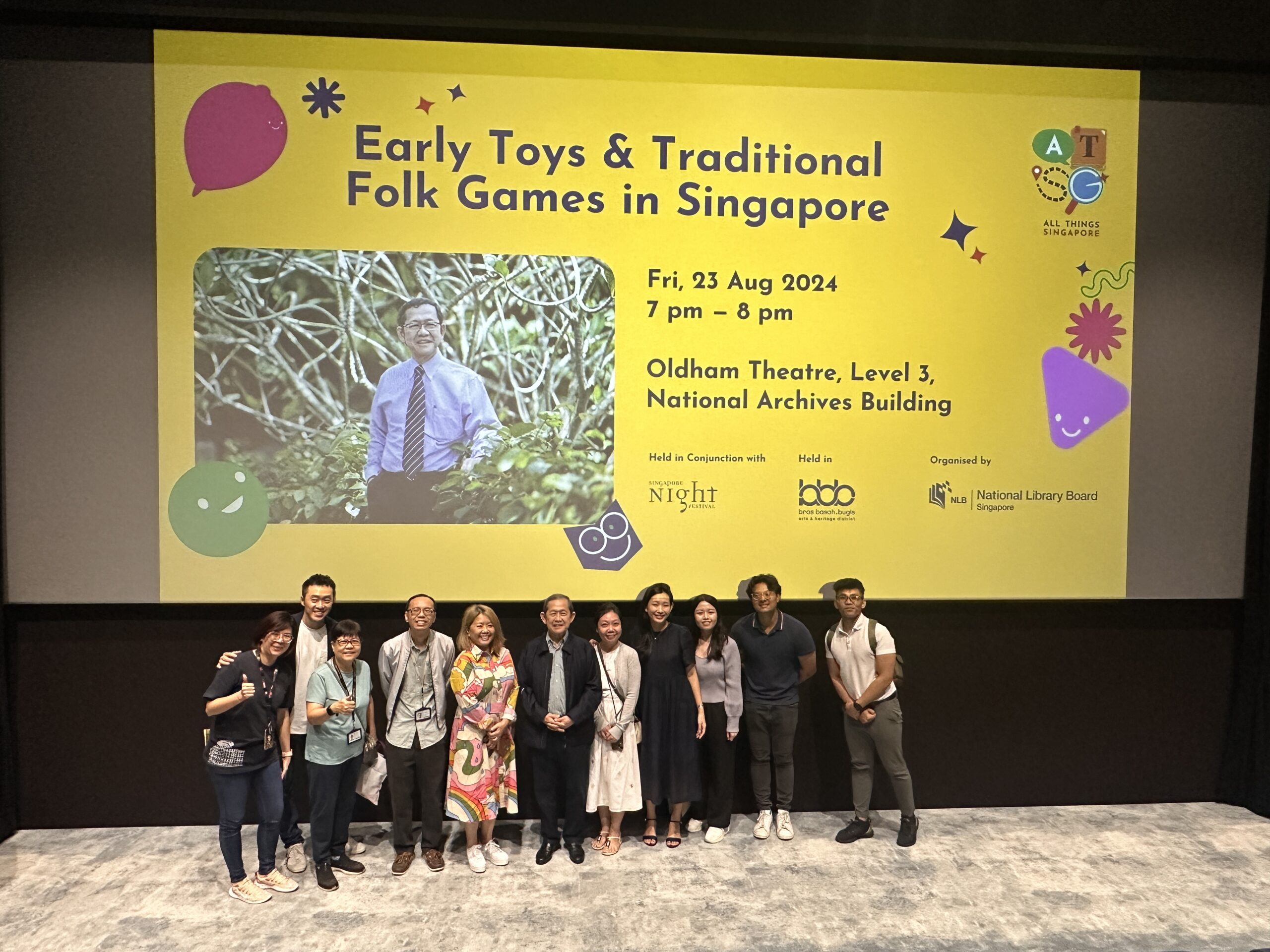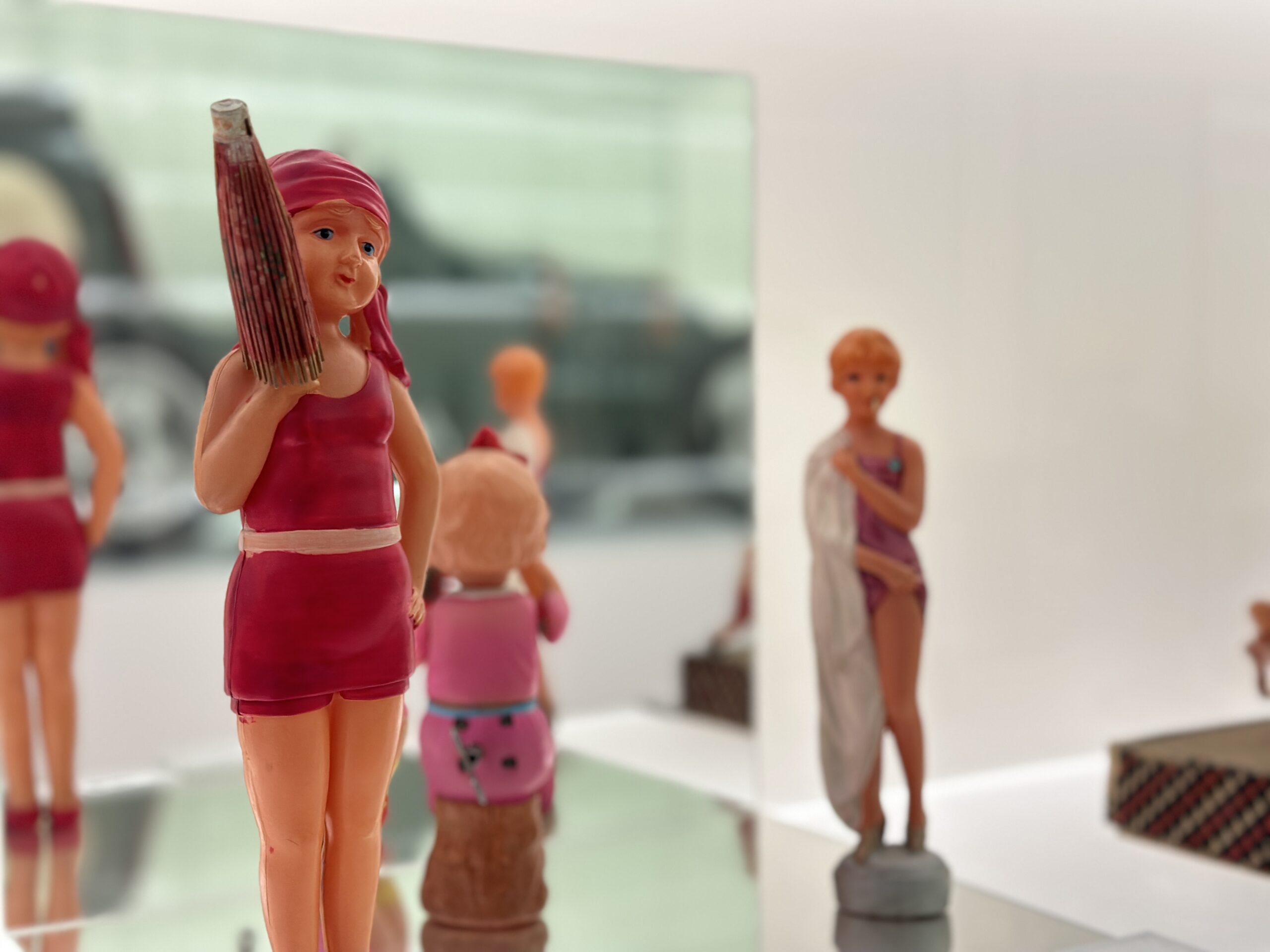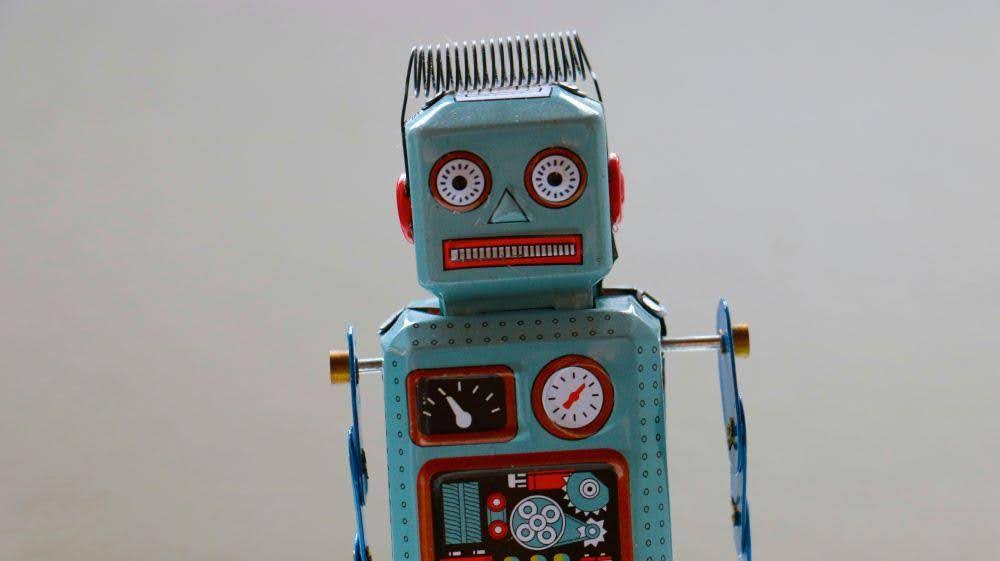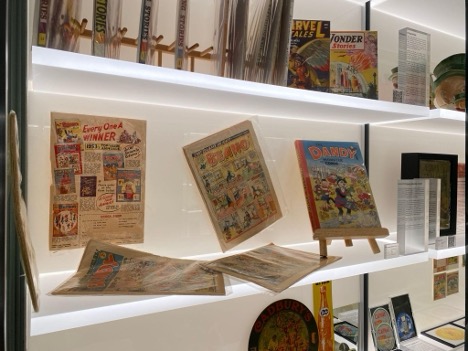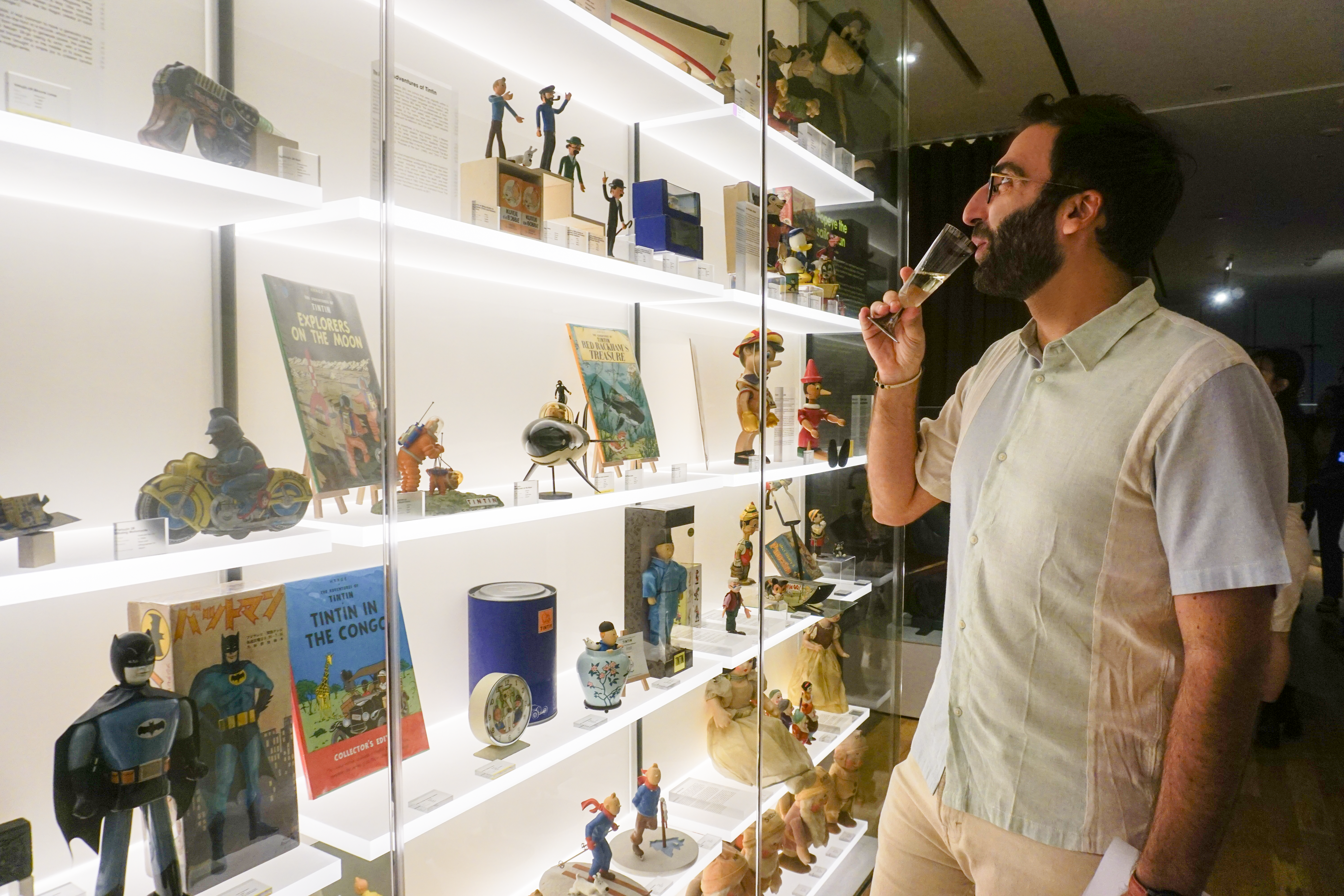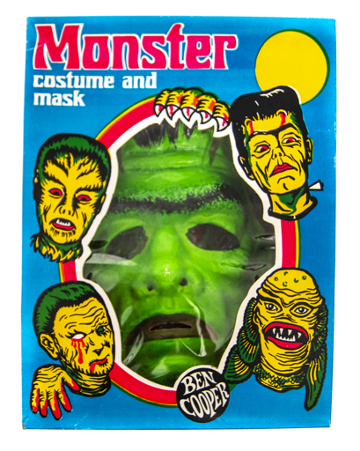Fairy tales: Beloved by children and adults alike, these timeless stories have enchanted generations with their magical worlds and moral lessons. From hearing about Goldilocks’s adventures before bedtime to enjoying updated, ‘grittier’ remakes of “Sleeping Beauty” as an adult, fairy tales continue to have a universal allure that transcends time.
But behind the familiar names we hear today – Snow White, Aurora, Ariel, and Belle – lies a variety of darker, more intriguing histories. Join us as we delve into the original un-sanitised tales of popular fairy tale mainstays, uncovering their hidden depths and surprising origins – and what they can tell us about the power of storytelling itself.
The Original Grimm Fairy Tales
If you’re a fan of “Rapunzel”, “Hansel and Gretel”, “Sleeping Beauty”, or “Snow White and the Seven Dwarves”, you’ll have the Brothers Grimm to thank for that. Jacob and Wilhelm Grimm travelled throughout Germany in the 18th and 19th centuries, documenting folktales from across the country. Their collection grew to over 200 tales by the end of their lives, and their work set the first standards for analysing folklore and local legends in decades to come.
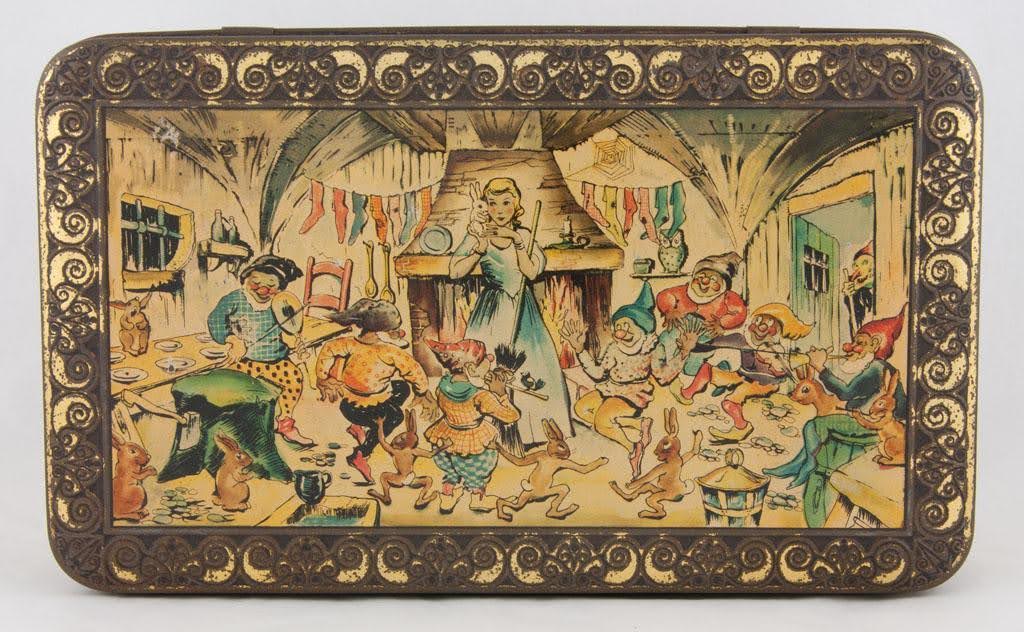
Snow White and the Seven Dwarfs
Year of Make: Unknown
Maker: Unknown
Material: Lithographed Tin
Country of Origin: Unknown
However, if you’ve ever come across the original versions of these tales, you might be shocked at some of the gory details that later versions have omitted. For example, the original Snow White’s stepmother is forced to dance in red-hot iron shoes until she dies – a much more graphic death compared to Disney’s Snow White.
Some of these darker elements were toned down by the Grimms themselves, as well as media companies of the 20th century looking to make more child-friendly adaptations. It’s no wonder that most modern adaptations are based on Disney’s animated feature film rather than the original Grimm tale!
Nevertheless, the original Grimm fairy tales remain a fascinating glimpse into the darker side of storytelling. Intrigued? Check out the Snow White and The Seven Dwarfs tin container above and even more Snow White memorabilia in our museum’s Characters collection.
Hans Christian Andersen’s World of Wonder and Sorrow
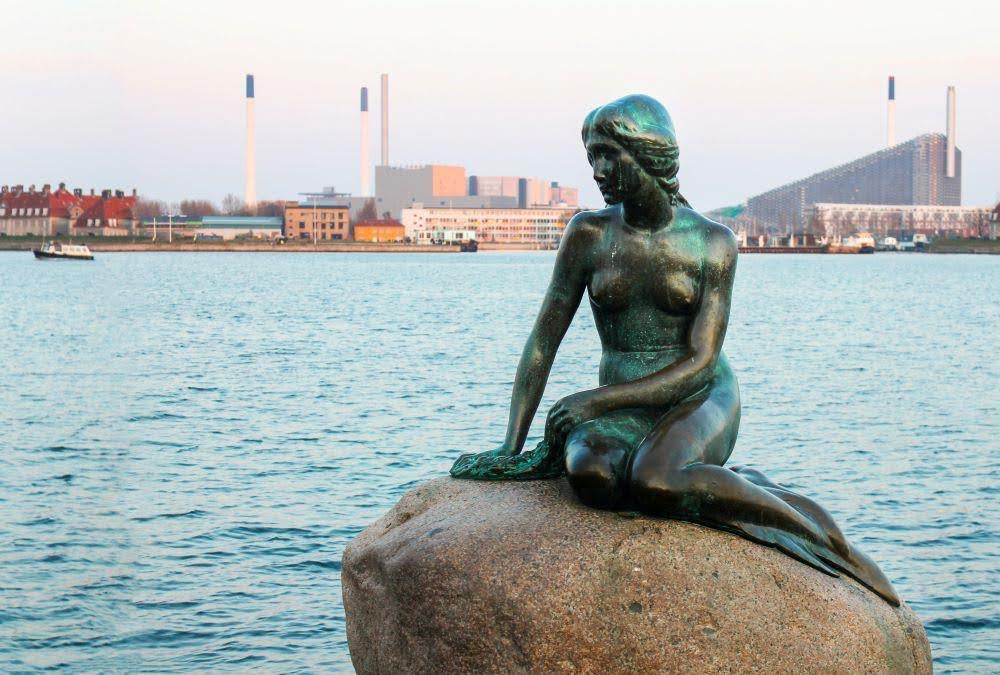
Hans Christian Andersen is another legendary figure in the world of fairy tales, known for his poignant and sometimes melancholic stories from across Denmark. His most famous tale, “The Little Mermaid”, ends tragically, with the mermaid choosing to dissolve into sea foam rather than kill the prince to regain her mermaid form. This is in stark contrast to the Disney-fied version, which sees Ariel (the eponymous mermaid) marrying her true love Prince Eric.
Andersen’s fairy tales often grapple with themes of loss, longing, and the complexities of desire. There is speculation that Andersen was bisexual, with the writer having embarked on at least one confirmed relationship with another man, and some modern scholars suggest that the complicated histories of his characters are grounded in his own grappling with his sexuality. Regardless, the depth of human emotion conveyed in Andersen’s tales continues to resonate deeply with readers, and in not always having a happy ending, it conveys the complexity of a regular life, too.
Charles Perrault’s Legacy of Morality and Magic
Charles Perrault’s fairy tales, including “Little Red Riding Hood” and “Cinderella”, are among the most enduring in the genre. Known for their moral lessons and fantastical elements, they have captivated readers for centuries.

Little Red Riding Hood – Children’s Fairy Tales
Year of Make: 1920s
Maker: Unknown
Material: Lithographed Tin
Country of Origin: United Kingdom
However, like the Grimm brothers, Perrault’s original tales were darker and more morally ambiguous than their modern counterparts. In the original “Little Red Riding Hood”, there is no happy ending where the wolf is defeated and captured. Instead, the story ends with the wolf devouring the girl, emphasising the dangers of straying from the path. This not only provided a practical tip for French country folk in the 17the century, but alludes to larger messages of conformity and social stratification within society.
For a peek into how Perrault’s tales have echoed through the generations, take a look at this book-themed money box bearing Little Red’s visage and even more fairy tale memorabilia at our Bedtime Stories stairwell collection.
Adapting Tales for Changing Times
As stories evolve over time, so too do the values they impart. From The Flintstones and The Jetsons to how Disney has changed and evolved in its first 100 years, narratives reflect the cultural norms and values of the societies that produce them, which can then be seen in the toys and memorabilia that accompany them.
At the MINT Museum of Toys, we celebrate the rich history of fairy tales through our unique collection of vintage toys and childhood memorabilia. From Snow White and the Seven Dwarves to Pinocchio, our exhibits showcase the evolution of these beloved tales and the cultural significance they hold.
Join us on a journey through the enchanted world of fairy tales and discover the hidden stories behind your favourite characters. For those looking to truly immerse themselves in the stories and characters of yore, our cheap venue rentals in Singapore are open for booking and perfect as wedding event spaces, pop-up exhibitions, and more.
Experience the magic of visual storytelling at a kid-friendly museum that’s fun for all ages. Book your tickets today and be prepared for an unforgettable adventure!


